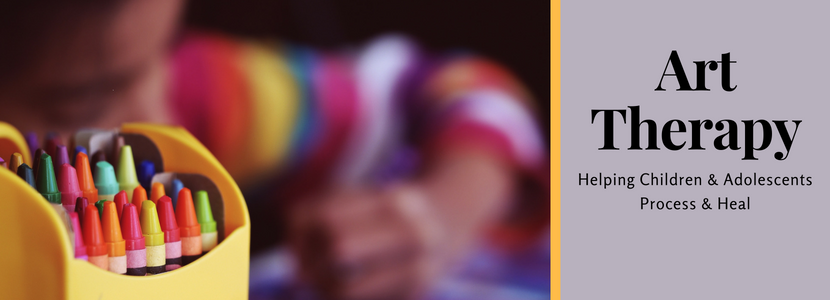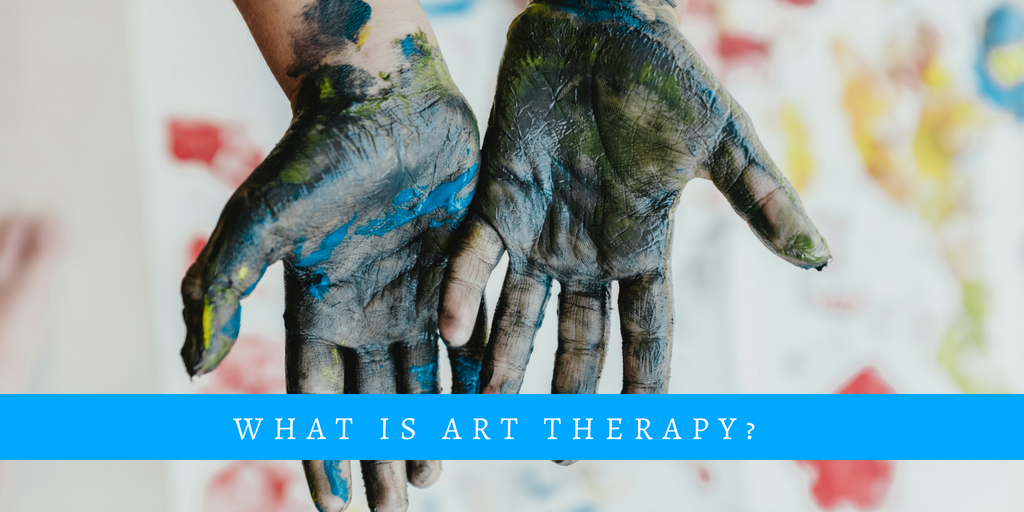
It’s tough to be a kid. Not only are today’s pressures—from school to sports to friends—difficult for kids, but traumas, abuses, bullying, and even the Internet can lead to anxiety, depression, and self-harm. Whether these fears and worries stem from things parents know about or from issues that are kept hidden within the child, they can all have detrimental effects. The good news is that there is a new program at Colorado Natural Medicine + Acupuncture offered specifically for children and adolescents (ages 4 to 12) who are in need of a safe, comforting, creative, and professional guidance environment to process and heal their emotional well-being: Art Therapy.

Art Therapy is a unique opportunity for children to express themselves, communicate their challenges, fears, and worries, and then learn new coping skills to deal with those challenges.
Through different mediums and forms of artistic expression, children and families can open up, better understand each other, and begin to thrive in a supportive and healthy manner.
Our Art Therapist, Tonja Graves, specializes in this type of professional counseling. Here are some common questions to give you a more in-depth look at Art Therapy and to help you determine whether it may be a good option for your family.
CNMA: Welcome, Tonja! It’s wonderful to have you as part of our team! Can you please describe to our clients what happens in Art Therapy?
Tonja: It’s great to be here! I look forward to working with many children and families!
Clients are introduced to clinical Art Therapy by being informed that this method is used to help them better understand themselves and how they function as an individual and/or as part of a family or a group system.
An art psychotherapist provides materials that have a direct relationship to immediate and/or long-term goals. The size and particular properties of the media are also factors that may have an effect on the patient’s emotional state and adaptive mechanisms.
Through the process of making art, clients are able to explore their inner world, express thoughts and feelings, develop greater self-awareness, and better cope with stress. After the client makes art in therapy, the therapist and client will often engage in discussion about the art piece for further exploration and expression.
CNMA: What type of child or adolescent is this best for? Tonja: Art Therapy is used for children who suffer from:
Anxiety & stress
Child behavior problems Depression & mood disorders Trauma, abuse, & PTSD
Self-harm
Bullying
CNMA: What advice would you give to parents who are interested in Art Therapy for their child but aren’t quite sure if it will work?
Tonja: I always recommend scheduling a phone consultation or an in-person meeting to see if Art Therapy is a good fit for your child.
The American Art Therapy Association (arttherapy.org) is also an excellent resource to learn more about the benefits of Art Therapy.
CNMA: What type of results have you experienced with Art Therapy and children?
Tonja: Many! Specifically:
– Increased emotional regulation through positive coping
– Understanding and developing healthy relationships
– Building self-esteem and self-confidence
– Improving interpersonal communication
CNMA: How many sessions are typically needed?
Tonja: Great question and a common one! This will always be dependent on the needs of the client. Ongoing therapy may be necessary for some, while other treatment plans will require a limited number of sessions.
CNMA: What made you choose to specialize in Art Therapy?
Tonja: I worked as a psychiatric technician in an inpatient psychiatric facility throughout an eight-year span. An Art Therapist was scheduled once a week to provide therapy with clients in a group setting.
The patients who were part of these group sessions would reveal more about themselves in a1-hour session than they would express within a 40-hour workweek. It was in observing these sessions that I realized the impact art could have on behavior health within the therapeutic setting.
Do you think your child, adolescent, and family could benefit from art therapy? If you live in Castle Rock, Castle Pines, Lone Tree, Parker, Centennial, Highlands Ranch, Monument, Larkspur, Colorado Springs, or the greater Denver metro area, please contact us at (303) 688-6698 to learn more and to schedule a consultation with Tonja.
It doesn’t have to be that tough to be a kid. Let’s help bring back those carefree days, smiles, and laughter.

Leave a Reply